Tag: Living alongside wildlife
You’ve been following the updates from the Chester Zoo team-but here is a short video showing you just what the Assam Haathi Project is doing and how we’re helping to keep elephants and people from harm.
Following their recent expedition-the Chester Zoo team have now recovered after spending two weeks with our Assam Haathi Project in India.
It was non-stop for the 12 staff members as they worked closely with local villages in areas of human-elephant conflict. If they weren’t sharing their knowledge and skills in a workshop-they were volunteering their support in general maintenance and construction. And if they weren’t doing that they were travelling from village to village.
It makes us feel a little worn out just thinking about it!
Over the next few weeks we’ll be sharing the experiences of the different members of the team and the activities they got up while out in the field.
Below Becca Biddle-one of the Chester Zoo dozen-gives us an insight into how the expedition went:
“Preparation for the 2015 Assam Expedition had been well under way for five months-but on Saturday 7th February an excited-and slightly nervous-team of 12 eager zoo staff-met at Cedar House-Chester Zoo-complete with personal luggage-work kit-visas and enough anti-malarial tablets and mosquito repellent to stock a pharmacy-for their long awaited departure to India!
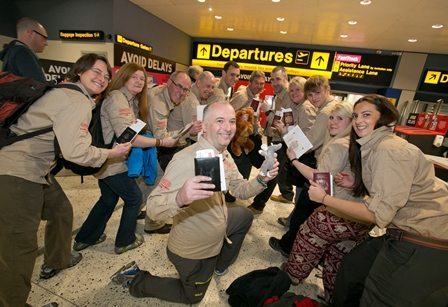
“Being responsible for the organisation of this expedition-I was aware of the huge amount of work each member of the team-especially our sub team leaders (Mark: bee keeping-Maile: horticulture-Peter: electrician-Jamie: Business-Vicki: Animal Husbandry) had put into writing-preparing and practicing their workshops that were to be delivered to groups of local villagers within two districts of Assam.
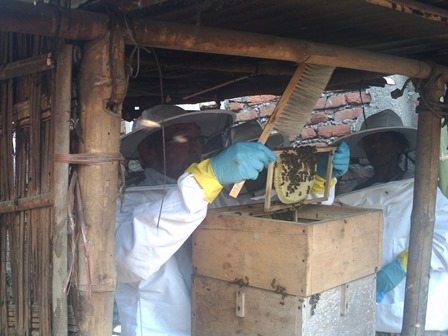
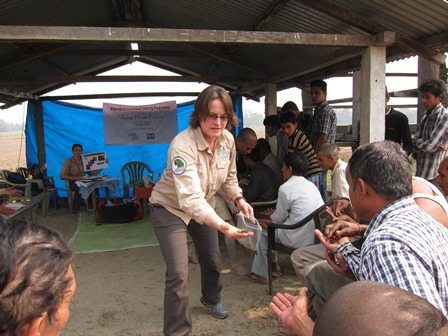
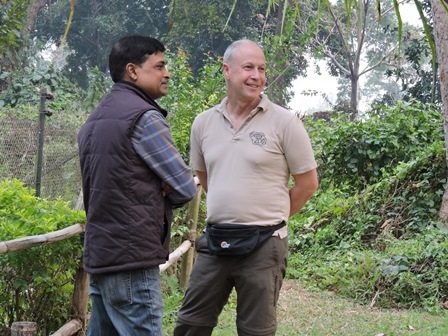
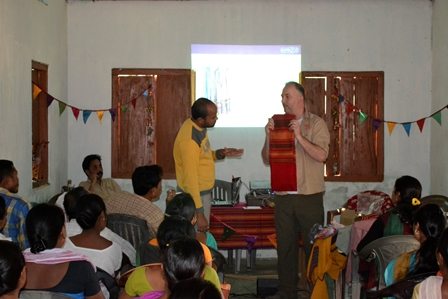
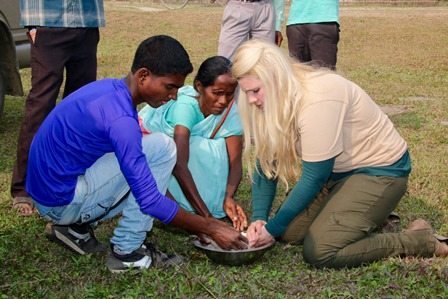
“There was of course an element of going into the unknown-each sub team member was an expert in their topic but this would need to be taught and applied within a very new and different scenario (new setting-new people-new equipment and resources) to what we are used to here in Chester.
“One thing group members had to focus on was flexibility and how they would be able to adapt their sessions to a range of different circumstances as necessary-both the content and indeed the more practical aspects such as lack of power and electricity-and unpredictable weather!
“Thankfully all this preparation really paid off – each team delivered valuable workshops to a range of different audiences in a variety of village settings-including the flood plains of the Brahmaputra River-which you will hear much more about in following blogs.
“The full team travelled to Guwahati-the major city and ‘gateway’ to Assam. The team then split in half-with the business and bee keeping teams travelling the five hour journey to Goalpara-the animal health-horticulture and electrical teams travelling first to Sonitpur. Half way through the expedition the groups swapped locations-meaning each group visited both districts.
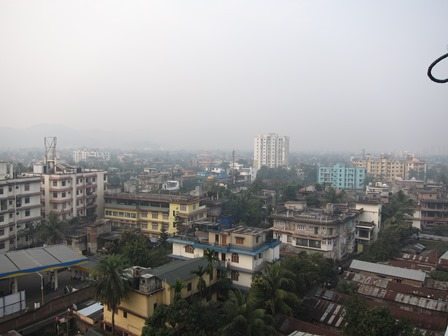
“In each location we visited different villages delivering our workshops and spending time one-to-one with villagers looking at specific problems they highlighted. Over the ten days in the field 28 workshops were delivered-each attended by between 30 and 100 enthusiastic villagers!
“Many of the workshop topics focused on ways to improve livelihoods-building up this sustainability will hopefully in turn build up the villager’s capacity to deal with the elephants they share this landscape with-and reduce human elephant conflict.
“Family’s land holdings are shrinking due to an increased human population and migration into the area-which makes it a lot harder for villagers to sustain their traditional livelihood of agriculture (mainly paddy) to earn a living-so new and improved methods must be looked at.
“Another critical workshop topic was electrics; the electrical team were able to build up villager’s expertise in mitigation methods such as using spotlights and solar powered electric fences to deter elephants from crops and houses-directly protecting those villagers living on the frontline with elephants.
“It became very real to us after speaking to one local 80 year old woman who before the electric fence was put in around her village-had her house (made of jute wrapped with cow dung and mud) destroyed four times every year – as if life isn’t hard enough trying to make a living from growing rice-the back breaking labour that is involved-to have to rebuild your house time and time again. It would be very easy to demonise the elephant in this situation-but that is not the case-it is clear that the Assamese people really cherish this magnificent animal.
“Although the villagers we visiting were living in such poverty-I have never met a more welcoming-generous and gracious culture. In each village we visited we were treated like long lost family-provided with food-water and the occasional rice beer!
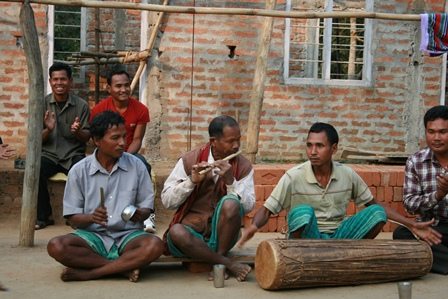
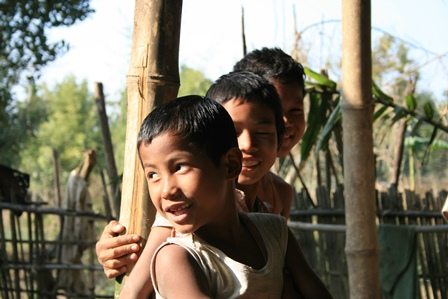
“All the people I met were clearly passionate about the wildlife they share their homes with; they expressed concern about plastics and chemicals polluting the soils they grow their crops in and are highly concerned about the poaching of their critically endangered vultures. They very much respect the elephant and are willing share their land with this species; they just need support and help to do so.
“All 12 of us came home with life changing experiences and memories we will never forget. The work of AHP is clearly making a huge difference to local villager’s lives-allowing people to live freely in their land without constant dread and anticipation for the next elephant raid.
“I hope this expedition has left behind as much knowledge-information and support as possible to help make the local villager’s lives living with elephants slightly easier-and indeed to help protect the elephant from a conflict it has no control over.”
Who’d have thought something so small would stop something so big?
“2014 was been a big year for the ‘Elephants and Bees’ project in Sri Lanka. I spent six months in Sri Lanka busy building relationships with the farmers of Dewagiriya village; the village chosen for the first formal beehive fence trial in Asia.
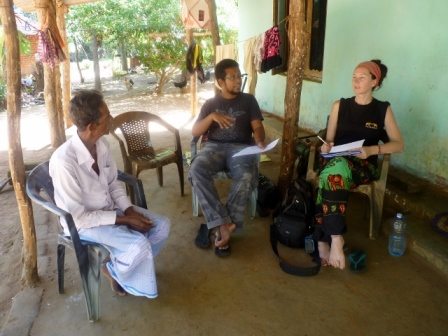
“I’ve had the opportunity to learn invaluable elephant identification and data collection skills from renowned elephant researchers and conservationists Dr. Prithiviraj Fernando and Dr. Jenny Pastorini. I’ve also received valuable beekeeping advice from Sri Lankan expert Dr. Wasantha Punchihewa. Our beehive fence trial is progressing solidly and should in months to come make a real difference to the lives of the farmers we work with.
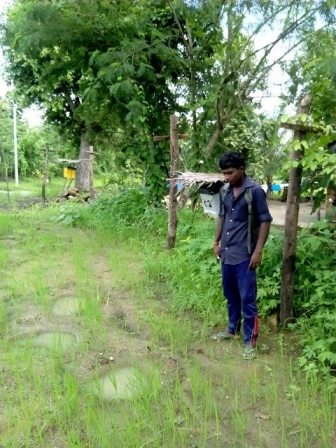
“Our first big achievement was the completion of social research interviews with 27 households in Dewagiriya Village. With the assistance of my translator Supun Wellappuliarachchi and my local field assistant Supun Herath-we met as many families as possible to learn about the crop raiding behaviour and patterns of elephants frequenting the village-their perceptions of living alongside elephants-and their thoughts on the potential of beehives as an elephant deterrent.
“Farmers spoke of spending months at a time staying awake at nights to guard their fields from elephants-of never being able to go anywhere as a family as the house also has to be constantly guarded-and of waking during the night to the sounds of an elephant breaking through the kitchen wall to steal rice and salt. Nonetheless most people retain some respect for these giants and want to see a future for elephants-though not necessarily in their own backyards. People are doubtful that an elephant will be scared by bees but are keen to try the idea and excited by the prospect of generating extra income through honey sales. All farmers have been provided with data sheets to log elephant sightings-crop raiding attempts and extent of any damage caused.
“The interviews enabled us to get a feeling for which areas of the village are most at threat from human-elephant conflict and who has a genuine interest in participating in the trial. From information garnered through these interviews and further surveys of the village and individual farms-I selected the first households for participation in the trial-focusing on protection of homes and gardens-and thus aiming to keep families safe at night while the men are guarding the paddy fields.
“As preparation for the coming paddy season commenced-coinciding with the time of year that crop raiding once again begins to peak-we worked with farmers to build the first beehive fences. It took many hours and days of preparing beehives-digging holes for posts-hammering and nailing-ferrying posts around farms-making coconut leaf roofs to shade the beehives and hanging hives. We were proud to have the first four beehive fences complete.
“As the monsoon began-I went home to work on the logistics and planning for 2015. We are ready to hit the ground running in February-building another four beehives and completing the first stage of the trial-begin beekeeping workshops with the farmers and introduce colonies to the hives.
“We will also progress from the project set up to collect the scientific data of crop raiding behaviour in Dewagiriya Village-nearby water tanks and in Wasgamuwa National park. This data collection will provide us with information on elephant movement patterns-social behaviour and temperament-and enable us to strengthen the beehive fence design specific for the Sri Lankan crop raiding situation.
“Enthusiasm from the farmers is building and the families are very impressed with their beehive fences. Our first beehive fence farmer hopes to continue his leadership by being the first farmer to attract bees to his hives. Not long ago-two elephants visited one of the homes in the village – their footprints clearly visible on the outskirts of the fence. Without bee occupations-elephants will quickly learn the fence represents no threat to them but their initial avoidance is encouraging-and also increases the farmer’s interest in the beehive fence technique throughout the village.
“I extend a huge thank you to Chester Zoo-the Rufford Small Grants for Nature Foundation-and Elephant Action League for their financial support-without which this project would not be possible. Sincerest thanks also go to collaborating partners The Sri Lanka Wildlife Conservation Society-Save the Elephants and Professor M. Wijayagunawardane (University of Peradeniya) for all of their valuable input and assistance.”
For over ten years Chester Zoo’s Assam Haathi Project-in partnership with Ecosystems India-has been working to reduce human-elephant conflict. With between just 40 and 50 thousand Asian elephants remaining-and 50% of these being in India-Assam in the North East of India holds one of last strongholds for the remaining wild population.
Conflict between elephants and people is a challenge in Assam. Read more about Human-Elephant conflict-here. This conflict is unsustainable for both the survival of the elephants and the livelihoods of the local people.
In February 2015 twelve members of zoo staff will be taking part in an expedition to the Assam Haathi Project. Here they will be working closely with local villages in areas of human-elephant conflict. The team will be offering support to long-term strategies for elephant conservation in these areas. Looking both at the techniques that have been developed to reduce conflict-and methods of alternative livelihoods to reduce the village’s dependence on crops that are raided frequently by elephants.
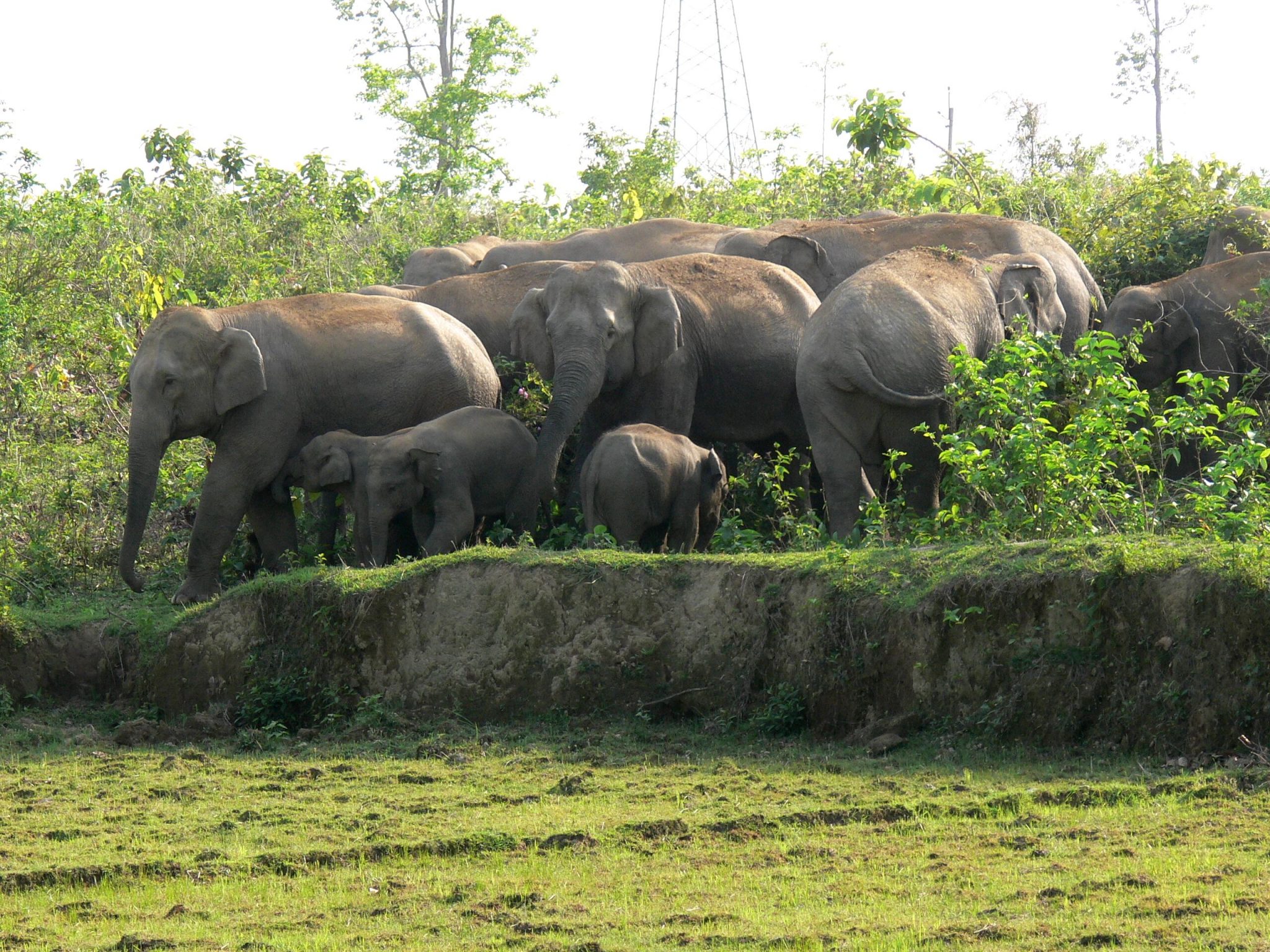
The team will be led by the zoo’s managing director-Jamie Christon. Jamie will be offering help and advice to the women’s self-help groups who set up and run small businesses to produce-market and sell products such as woven products and bamboo crafts-to increase income to their village. Another item that is sometimes produced for consumption and sale is honey-so our curator of horticulture and botany-Mark Sparrow – who is also an expert bee keeper – will be joining the team to offer support in this area.
Our lead horticulturist Maile Belanger will be working with villagers to look at how they can increase the variety or productivity of crops that are grown-and our twilight keeper (and personal farm owner!) Vicki Small will be focusing on how villages can improve the care and productivity of domestic animals they keep.
Finally the zoo’s electrician Peter Davies will be offering practical advice and maintenance for the solar powered electric fences that are used to protect crops-and spot lights that are used to direct elephants away from villages at night.
As well as this-the team will be busy helping to install sustainable cook stoves in households within the different villages and helping with general construction!
Our expeditions are also a way to offer life-changing opportunities to our staff members enabling them to see first-hand the conservation work that we are involved in-so the remainder of the team is made up from volunteers whose names were picked out of a hat. These volunteers will be trained up in relevant areas to support the rest of the team-and will be offering support in general maintenance and construction around the villages.
“In my second week I moved to Goalpara and joined up with Joydeep Chakrabarty-Project Officer EcoSystems-India-and his team. I visited 13 villages whilst with them – carrying out similar repair work to fences and equipment in villages like I had done in Sonitpur. But I was also able to see some of the other diverse ways that the Assam Haathi Project (AHP) has been helping people. Not only does the project offer direct support in protection from elephants but it also helps people with alternative livelihoods and provides educational programmes in schools.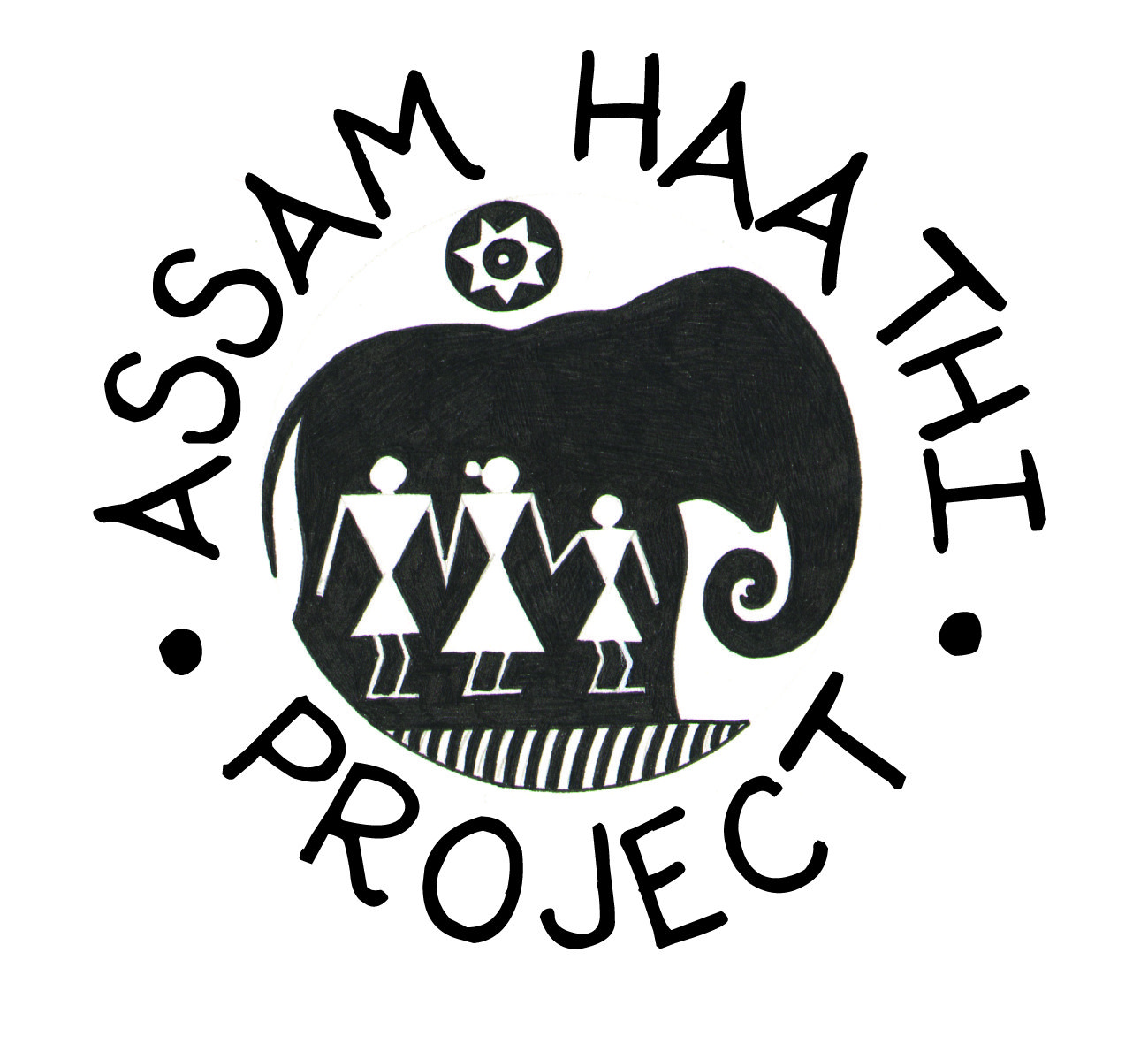
“I was taken to one village where looms and sewing machines had been bought for the village to produce textiles. There were several women that could use the looms to make items to sell at local markets and gain extra income for their families. In the same village the AHP had also given them some livestock to maintain and when required could also sell at the market.
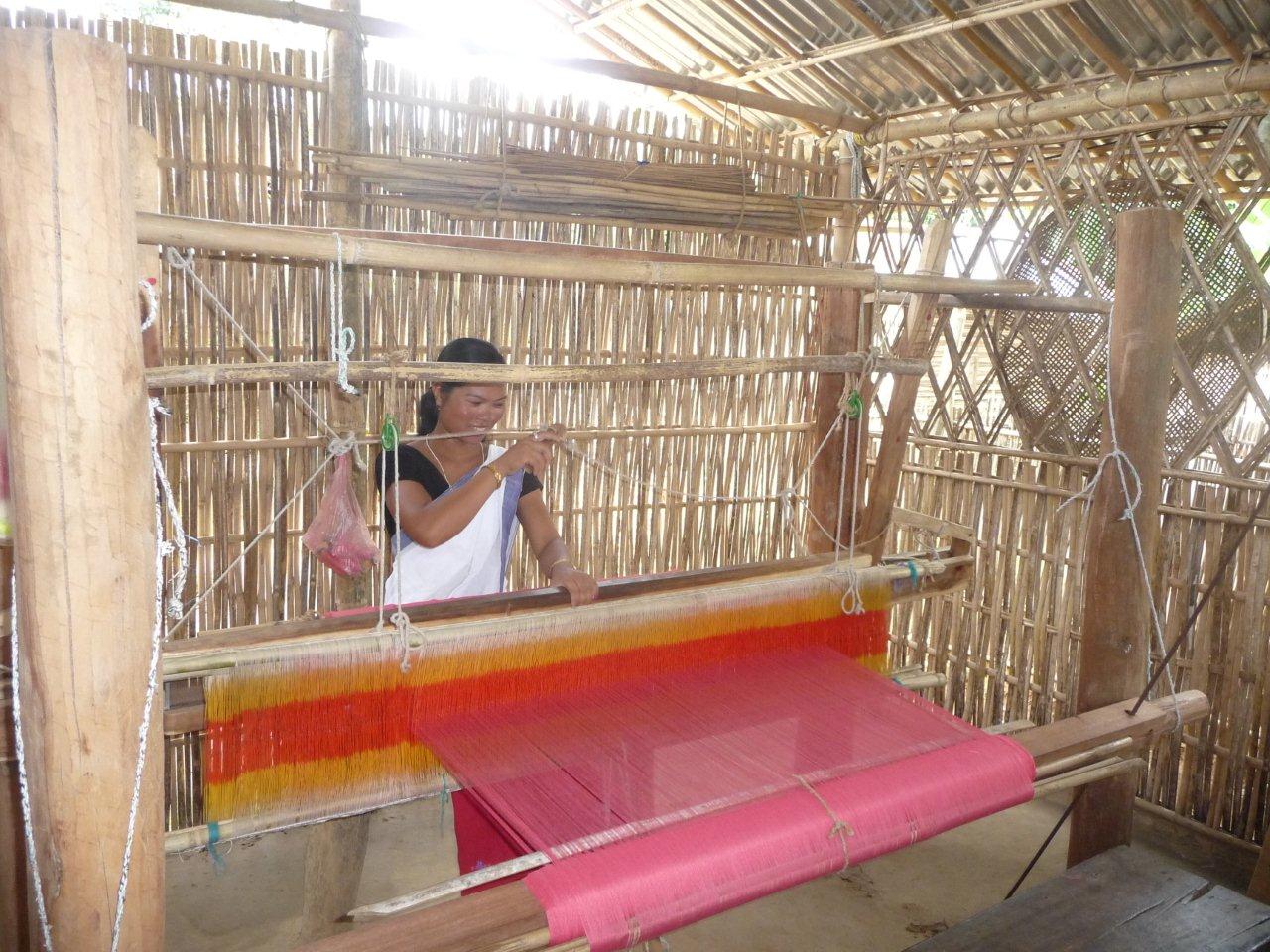
“Speaking to some of the women that used the looms they were very pleased that they did not have to rely as heavily on the field crops and hope that the project continues to support them in this way.
“Perhaps one of the best places I was taken was to an area near the Manas National Park where the project had recently completed erecting the AHP’s longest section of fencing. Just under 17km of electric fence powered by 5 solar-battery stations protects approximately 800 homes.
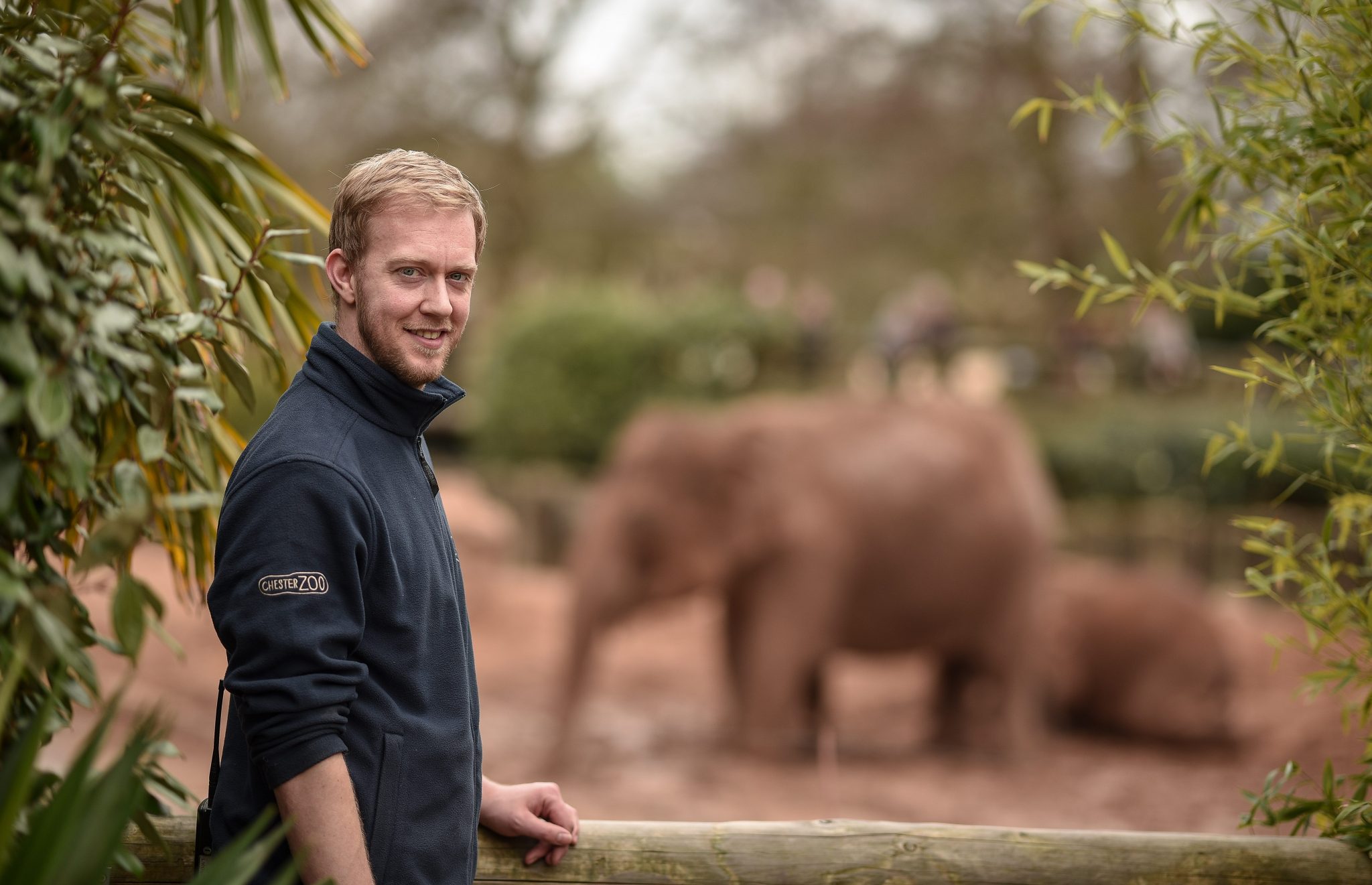
Not only had the community bought into the project to help build such a fence but they had taken it one step further and started a community committee purely for issues relating to the fence. There’s one overall committee that is supported by smaller village committees to raise funds for essential maintenance and repairs to the fence as needed. Since its completion the area has seen a near 100% reduction in issues arising from elephant conflict. A staggering achievement for everybody involved!
“For me to be able to participate with the places I visited in this way has given me a great sense of achievement for the work being carried out by the Assam Haathi Project. The dedication shown by the team out in India as well as the enthusiasm and gratitude from the local people has shown me how-with a little extra help-a huge difference can be made to so many lives. In turn this is then helping to conserve the remaining populations of elephants that are found in areas such as Assam.”
For hundreds of years in East Africa hunting and killing animals – mainly lions – has been a traditional rite of passage to manhood. It is customary warrior activity and is carried out to show strength, impress women and identify future leaders.
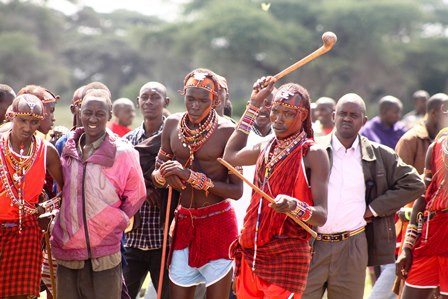
But this activity was forcing certain species towards the edge of extinction. Something needed to change. So conservation experts worked together with spiritual leaders, village elders and leading Maasai figures to develop these games and stop the killing of animals.
It provides Maasai warriors with other ways of displaying bravery. Now the competition is to see who can win more medals than the other, rather than who can kill the most lions.
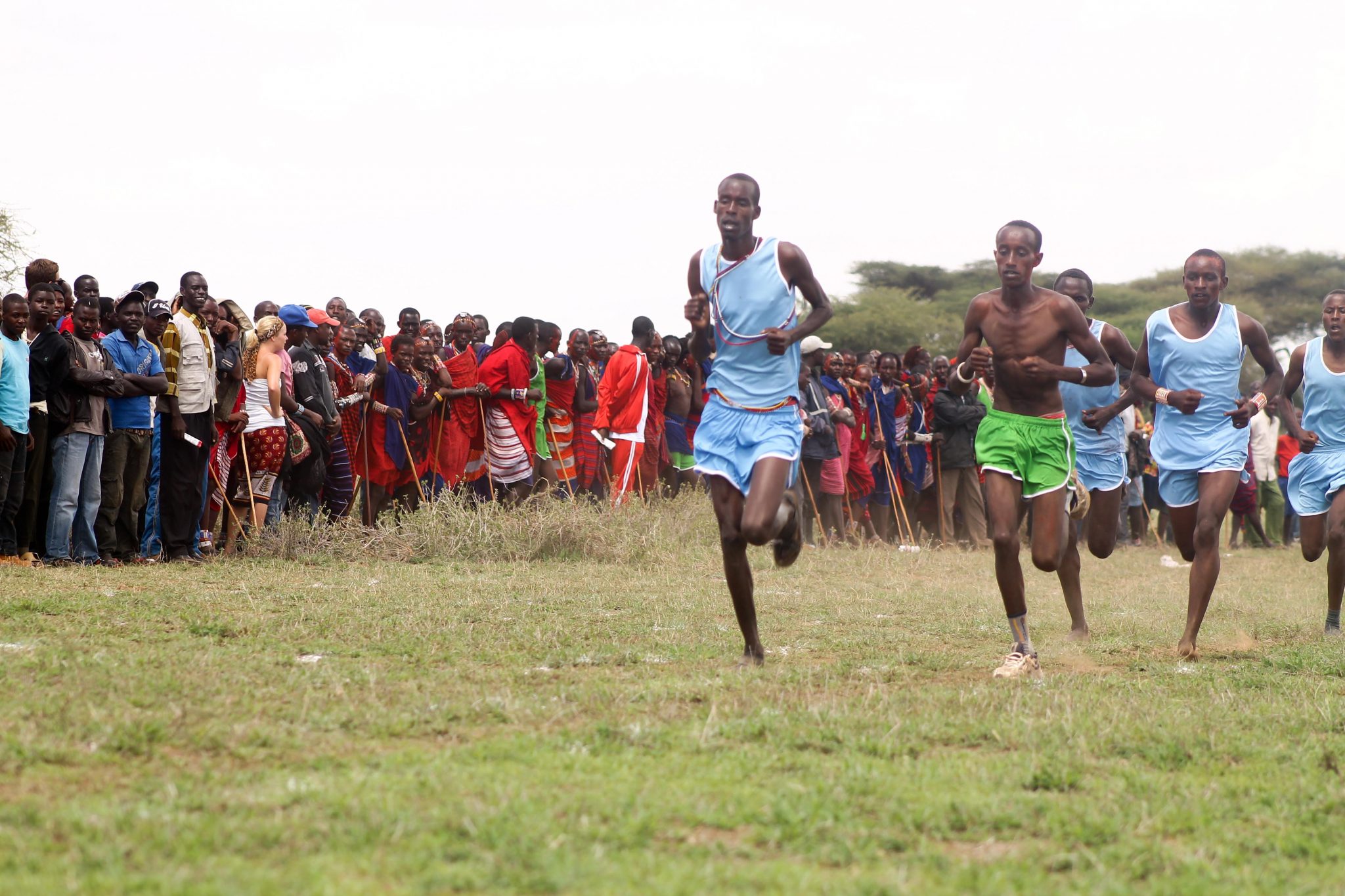
The first Maasai Olympics were held in 2012 and with it came a completely new approach to animal conservation. Taking place at the base of Mount Kilimanjaro in the Kimana Wildlife Sanctuary will be a number of athletic events, including the high jump, spear throw, 200m sprint, 800m sprint and a 5k run. All based on traditional warrior skills.
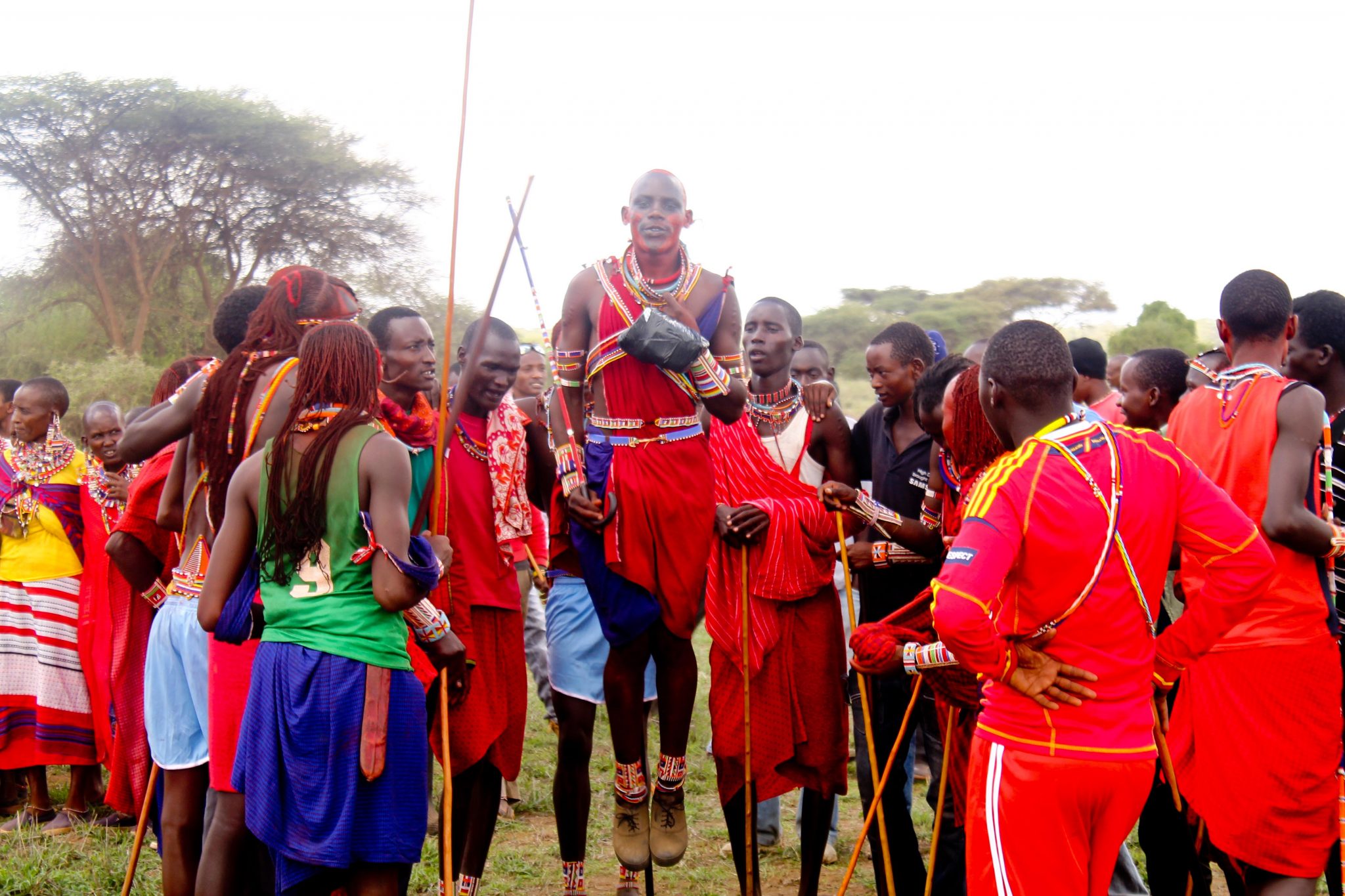
And, for the very first time, women will also compete in two events – the 100 and 1500 metres.
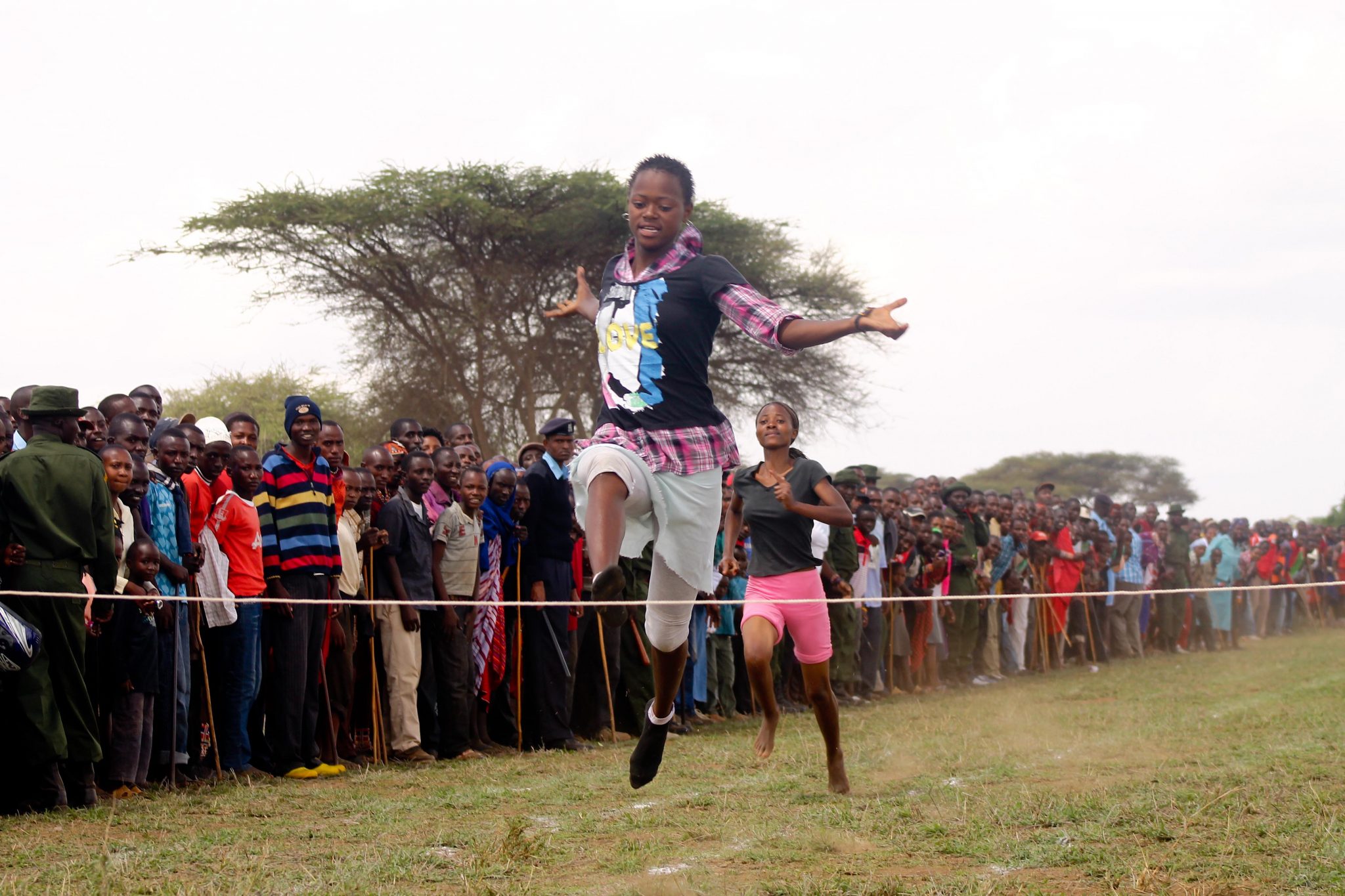
There’s a lot at stake too! The top 3 winners for each event will receive a medal and cash prizes, and the overall winning manyatta receives a trophy and a premier breeding bull.
Dr Maggie Esson – our education programmes manager – is currently in Kenya at the event to present the Chester Zoo Conservation Prize in recognition of the Maasai village (known as a manyatta) that has done the most for wildlife conservation.
On top of that world record holder and Olympic Champion in the 800-metres David Rudisha is the patron of the games again. David is a former Maasai warrior and Kenyan Olympic gold medallist and a great role model for the competition.
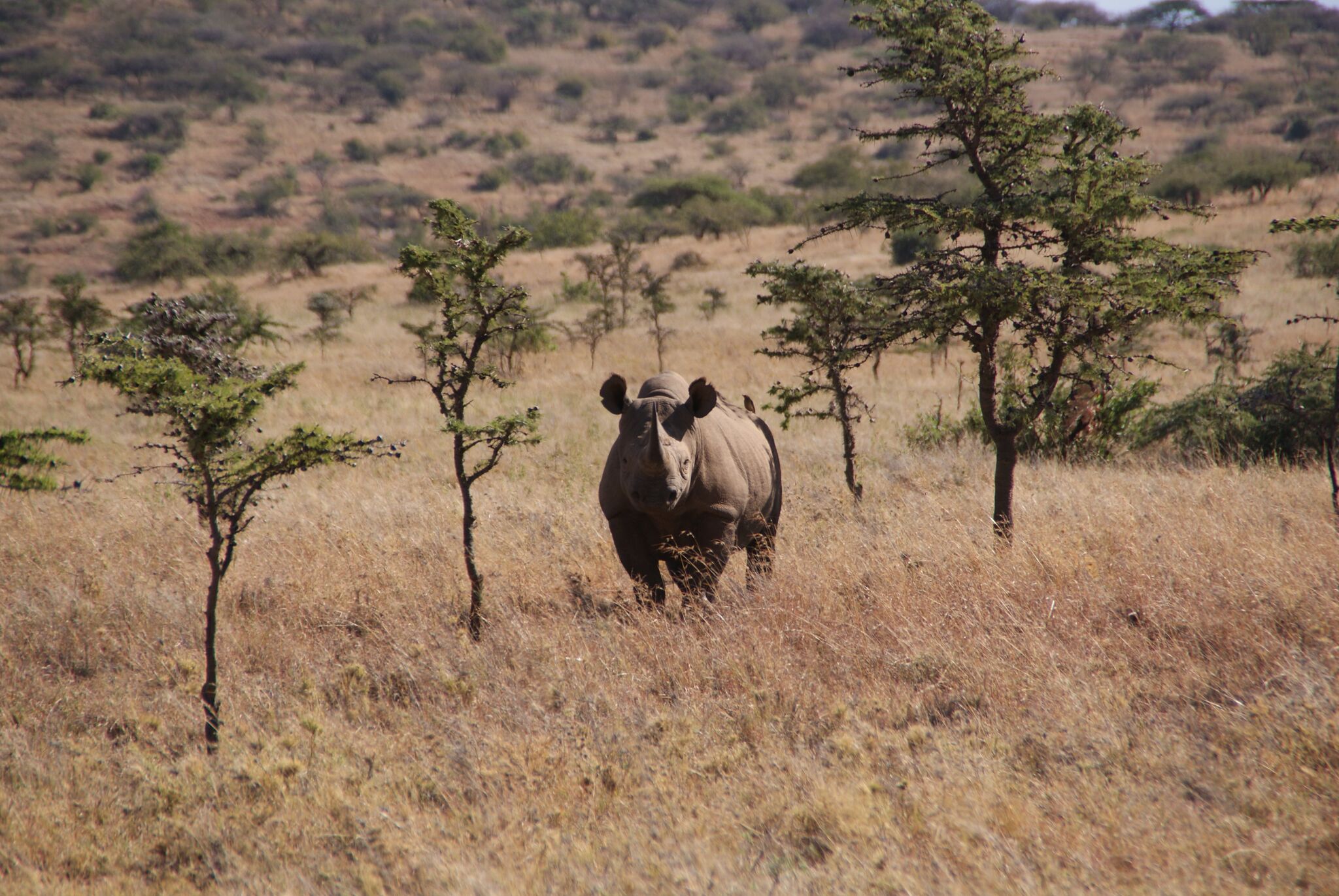
Donate to our conservation work in Africa
The conflict between people and elephants is a major threat to the future of elephants in Asia and is happening as result of human activities such as deforestation.
Elephants are running out of space to live so often end up travelling through villages and destroying homes.
Our lead elephant keeper has been out to Assam to see some of the activities taking place there and some of the techniques the local people have implemented with our support to help keep elephants and people from harm.
“I’m Rich Fraser-lead elephant keeper at Chester Zoo. I have recently returned from India where I was working with the staff and villages of the Assam Haathi Project (AHP)-getting first-hand experience of the problems that people are facing and what is being done to help both human and elephant populations.
“I was lucky enough to spend 2 weeks working with the AHP team visiting a total of 24 villages within the 2 main districts that they work: Sonitpur and Goalpara. Both areas are on the banks of the Brahmaputra River with rolling hills to the North in Sonitpur and lowland hills to the South in Goalpara. The villages that occupy the land in between are therefore on the routes that elephants will take moving from the cooler refuges of the high ground forests to the fresh water source of the river and its tributaries.

“The team aims to work closely with the villages in order to reduce any potential conflict that may occur as a result of these daily journeys taken by elephants through villages-their crops and surrounding the land. As well as providing spotlights for people to guide elephants away from their homes and burning chilli to deter elephant’s moving towards them-electric fences are put in place surrounding villages and crop fields to directly change the path the elephants may take – operating similar to livestock fencing.
“I spent my first week working with Anjan Baruah-Project Officer with Ecosystems-India-and others from the AHP team in the Sonitpur district. With large expanses of the region covered with tea fields-this gives the added problem of elephants entering areas of local industry to shelter during their travels.
“On my very first day in the field we were able to erect a 2km stretch of new fencing that added to 1.5km already in place around one village and its crops – something that I was told would usually take up to 2 days to complete! In order for the local people to understand more about how to maintain the fence the AHP team encourage them to do most of the work and be there as a support to teach them how best to build the fences.
“As the village was located deep within tea fields we also met with the plantation manager to explain the work we were doing as well as how they could help in the future when the team cannot be there to directly assist.
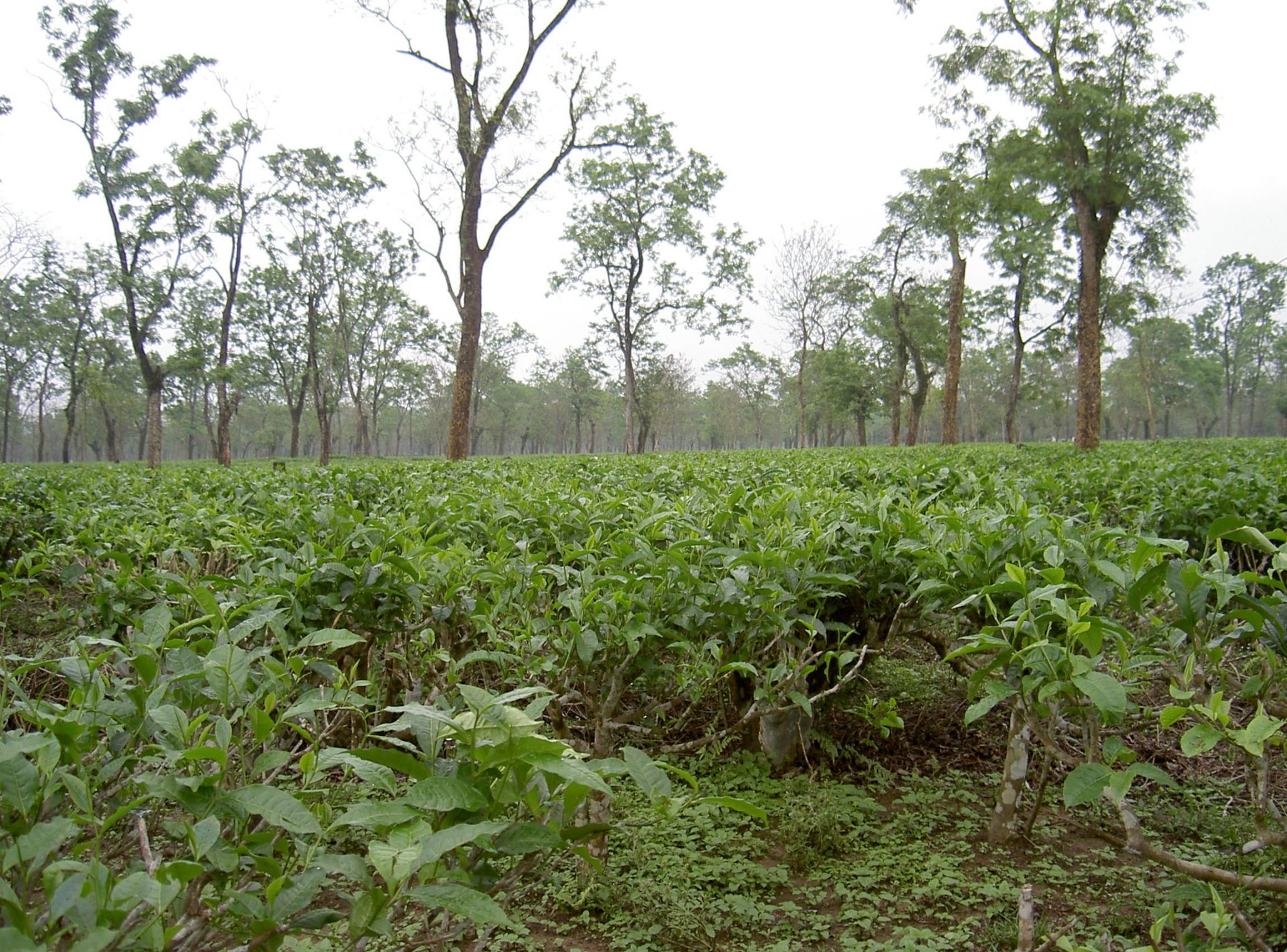
“It was great for me to see so early into my trip just how welcoming people were and how much they wanted to be involved with the AHP. Everyone I met was so appreciative of the help we were giving them as they would never be able to afford to use such techniques without our support. They feel more comfortable knowing that there is some protection for them should it be needed and are not so fearful of elephants passing so near their land.”
Rich will give us another update on his trip to Assam next week – so keep an eye on the blog.
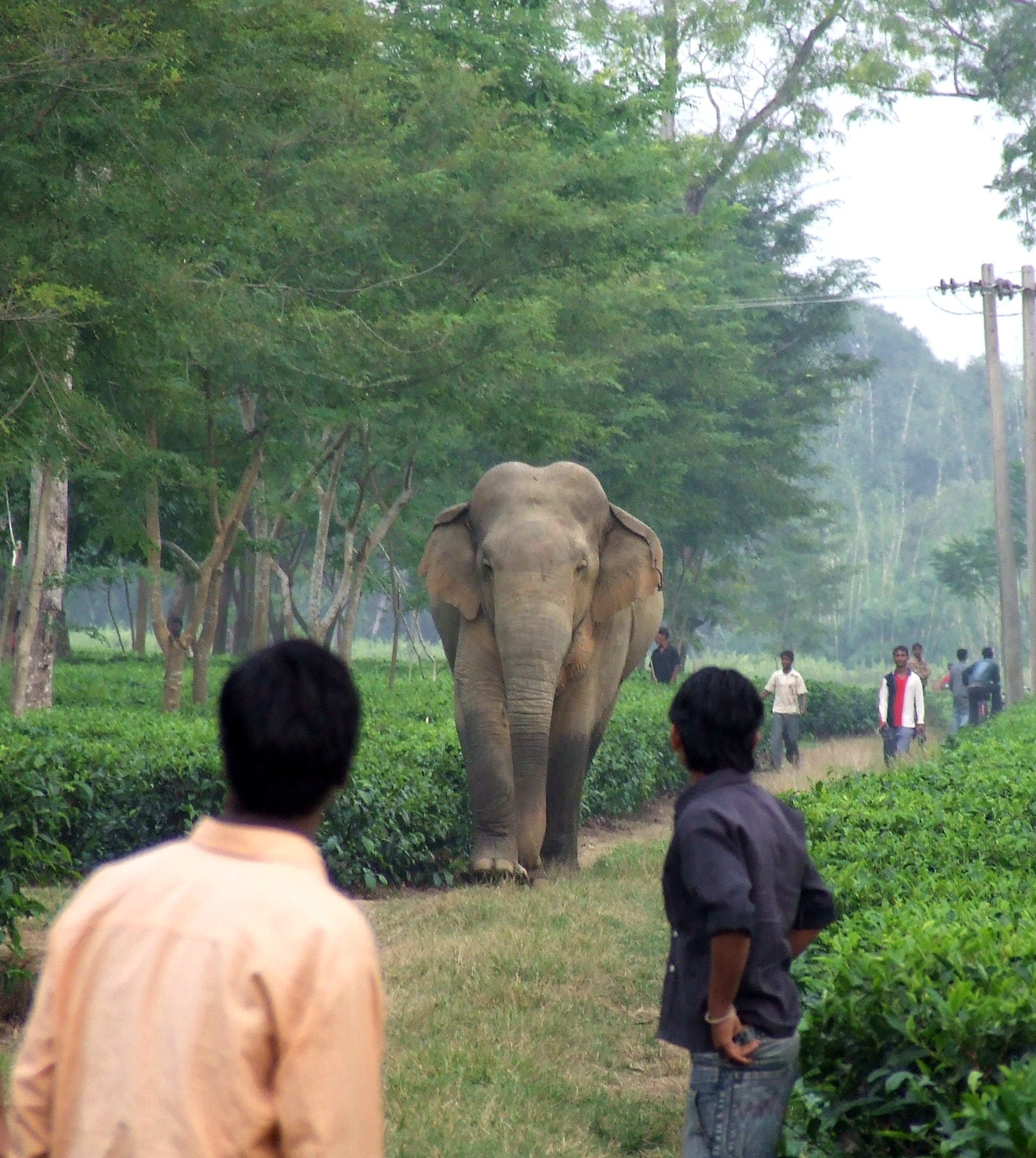
2014 marks the 10th year of our Assam Haathi Project (‘Haathi’ is Hindi for elephant) – a project set up to help protect people and elephants.
Located in the north-east region of India-Assam provides one of the last remaining strongholds of the Asian elephant – so-the conservation work being carried out here is vital-not only for the elephants but also for the local communities.
The conflict between people and elephants is a major threat to the future of elephants in Asia and is happening as result of human activities such as deforestation. The project was established with the aim of helping people in Assam live safely alongside wild elephants.
Which is easier said than done!
Asian elephants live mostly in forests and can travel long distances and through a variety of different habitats to find food and water. Due to their large size they need plenty of food and water – 150kg of fresh forage up to 200litres of water each day!
Asian elephants are an endangered species with around 30,000 left in the wild – which is a tiny number when you consider that Assam alone has a human population of nearly 31 million! Assam is home to around 5,000 of these elephants-so the region is an important focal area for conservation activities.
The main threat to Asian elephants is the loss of their habitat as much of Assam’s forests have been cut down to be replaced by villages and crops. Elephants therefore increasingly venture into agricultural areas-and their crop raiding activities cause conflict. Sadly-this is common activity and is proving to be a severe threat to the survival of elephant populations and the livelihoods of the local communities.
What is human-elephant conflict?
In a nutshell-human-elephant conflict (HEC) is what happens when elephants are a direct and regular threat to a community – whether that’s a threat to their safety or their livelihoods – and the people then retaliate by harming the elephants.
This is an extremely serious problem as the conflict results in people and elephants being killed each year!
Big areas of forests are being lost throughout Asia as a result of agricultural expansion which is destroying elephant habitat pushing them to move through populated areas occupied by people’s homes and crops.
In the main it is a competition for resources in which people and elephants are struggling to share.
A major cause of HEC is down to elephants eating or trampling crops-or damaging buildings as they look for food or water. These can lead to injuries and even death of villagers as it tends to happen during the night when communities are most vulnerable.
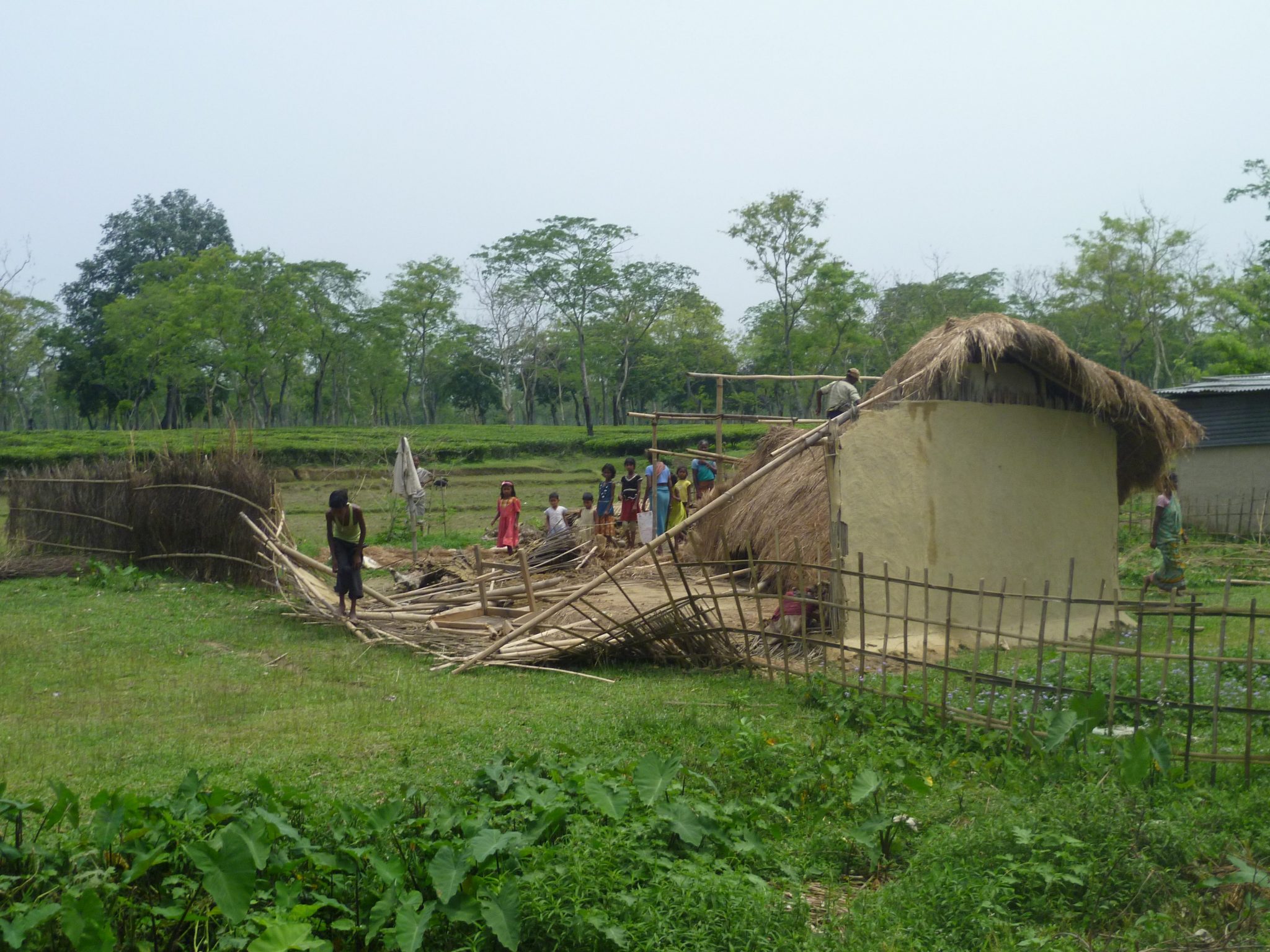
The loss of crops and homes has detrimental financial impacts on the villagers as well as leaving communities feeling stressed and in fear that it may happen again-and again. This leads people to retaliate as they are desperate to defend their livelihoods and well-being and will use any means necessary-including the use of firearms-traps and poison – which you can imagine-doesn’t end well!
Elephants travel in herds along established routes within the forests which can alter quickly as agriculture and people dominate landscapes – making it harder for elephants to find water-food or other essential resources.

So what’s the plan?
The Assam Haathi Project is a long-term project that has and is continuing to work with a number of different districts across Assam that are seriously affected by HEC. The project involves local communities to develop and implement methods to reduce HEC and enable them to co-exist with elephants.
Together with these communities we have implemented a range of methods to help keep elephants and people from harm.
Over the next couple of weeks we will share with you what the project has achieved in 10 years and more details about the work being carried out and introduce you to some of the people who work on this programme.